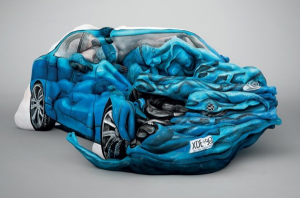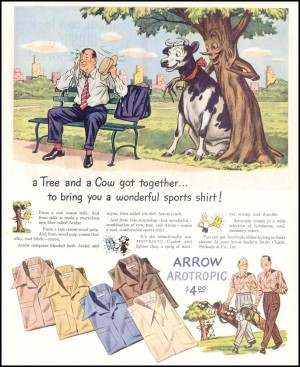End software patent wars by making it always legal to run code on a general-purpose computer - Richard Stallman:
Writing in a special Wired series on patent reform, Free Software Foundation founder Richard Stallman proposes to limit the harms that patents do to computers, their users, and free/open development by passing a law that says that running software on a general purpose computer doesn't infringe patents. In Stallman's view, this would cut through a lot of the knottier problems in patent reform, including defining "software patents;" the fact that clever patent lawyers can work around any such definition; the risks from the existing pool of patents that won't expire for decades and so on. Stallman points out that surgeons already have a statutory exemption to patent liability -- performing surgery isn't a patent violation, even if the devices and techniques employed in the operation are found to infringe. Stallman sees this as a precedent that can work to solve the problem. Though it seems to me that it might be easier to define "performing surgery" than "operating a general purpose computer."
This approach doesn’t entirely invalidate existing computational idea patents, because they would continue to apply to implementations using special-purpose hardware. This is an advantage because it eliminates an argument against the legal validity of the plan. The U.S. passed a law some years ago shielding surgeons from patent lawsuits, so that even if surgical procedures are patented, surgeons are safe. That provides a precedent for this solution.
Software developers and software users need protection from patents. This is the only legislative solution that would provide full protection for all.
We could then go back to competing or cooperating … without the fear that some stranger will wipe away our work.
Let’s Limit the Effect of Software Patents, Since We Can’t Eliminate Them
(Image: DSC09309, a Creative Commons Attribution (2.0) image from 25734428@N06's photostream)





